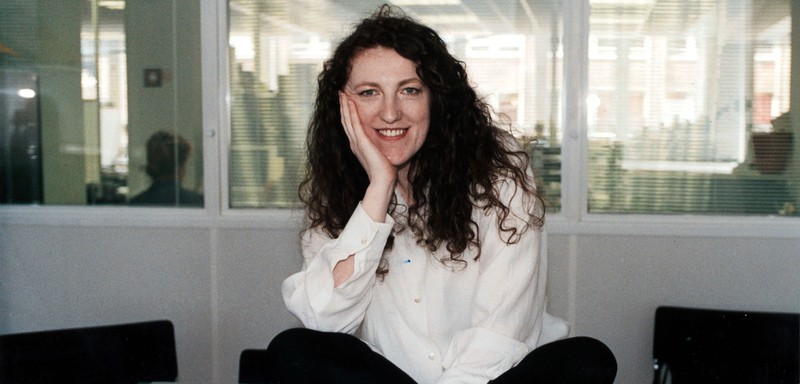

Chapters In My Life: Glenda Bailey
Chapter One:
Growing Up In Derby
“I grew up in a working-class family in Derby with my older sister. My father was a labourer and worked for Leys Castings. I am very grateful for my roots because my parents taught me the values I have to this day and that I totally believe in – hard work and being kind and considerate. They were very positive people and also believed that you had to try and enjoy yourself as much as possible. They didn’t really value education, but I always loved school and was the first person in my family to go to university.
“Every Thursday, my father would come back from the newsagents with a copy of Jackie magazine – I just loved this magazine and the illustrations, and it was the highlight of my week. I loved the fashion, the spirit of the magazine, and I realised in those early days what a friendship you can have with a magazine. I loved fashion from a very early age and I worked every Saturday so that I could afford to buy clothes – I spent all my money on clothes. My father loved clothes, too, and beautiful things, but not in a way I would call fashion. My mother mostly bought her clothes in Marks & Spencer and I would help choose things for her. I still have a love for M&S to this day! It’s just joyous and whenever I come back to Britain I have to go there to stock up on my favourite things.”
Chapter Two:
Going Down The Creative Route
“When I left school, I was going to study economics and do a business course, but I met my partner Steve who was doing a foundation course at Blackpool School of Art. He pointed out my creativity and gave me the courage to think this was a possibility for me too. Blackpool had one of the best foundation courses in the country and, if you went there, you were very likely to get into an excellent university. For fashion, there were two big choices: St Martins if you wanted to be a number one; or Kingston if you wanted a guaranteed job at the end of the day – which is still the case today. I went to look at both and realised that St Martins was never going to be for me as you had to buy all your own fabric; whereas at Kingston everything was supplied for you. They also offered some kind of financial reward for every single project, which you could put towards going to fashion houses around the world. I knew what I needed to get in there and had to do a foundation course in Blackpool. I worked for a year in a factory that made lingerie for Marks & Spencer to put myself through the course. It was tough – I did six days a week from 8am to 6pm and it was a means to an end really, but I am so glad I did it.”
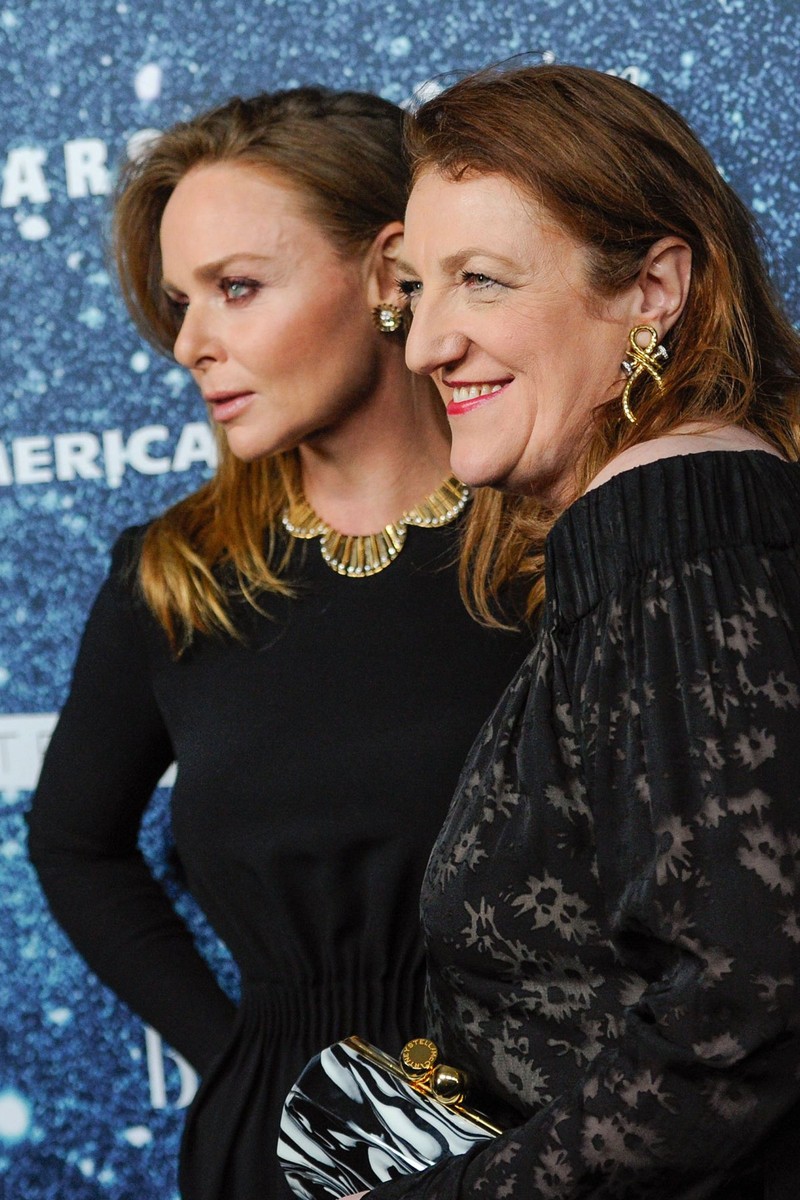
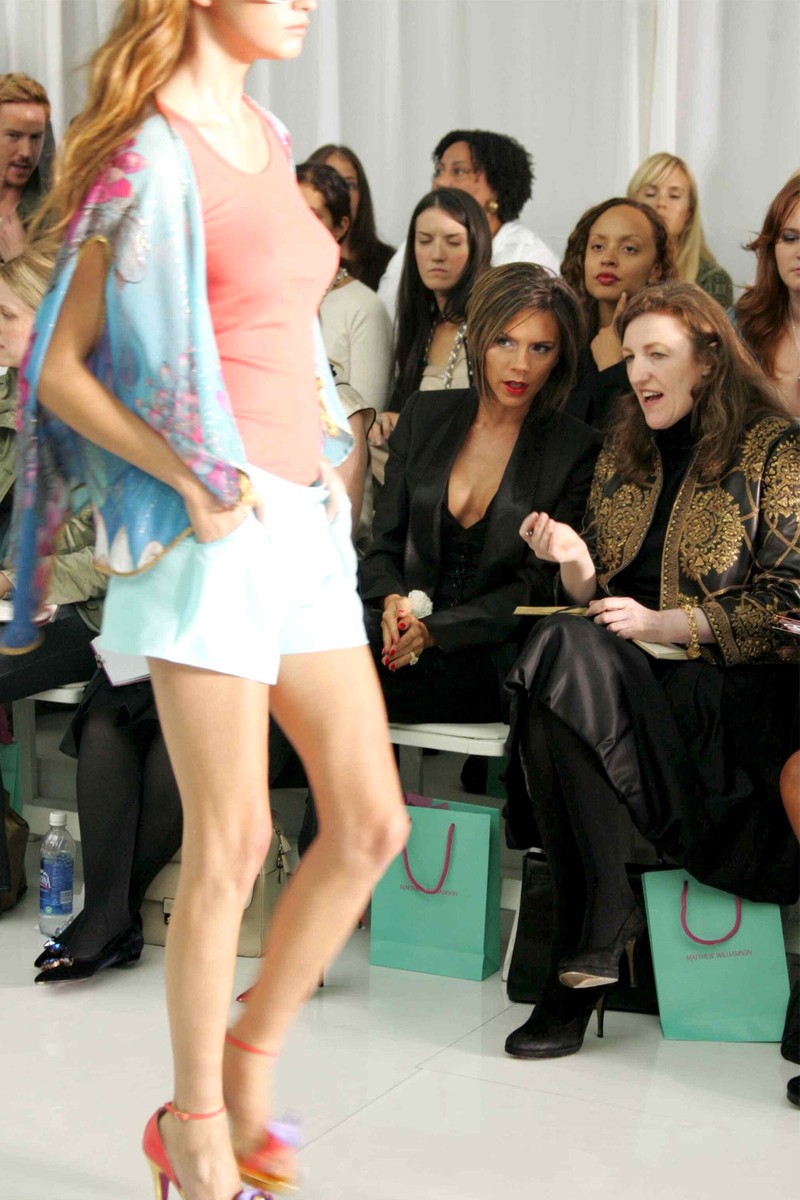
Chapter Three:
Looking After My Father
“I got into Kingston. Sadly, during my first year, my mother died of breast cancer which was very difficult, but I carried on. After graduating I got my first job at Design Direction, a fashion forecasting company – it produced a magazine for the industry on future trends, so it taught me about layouts and how to put a magazine together. I’d been there for about six months when my father got cancer – he didn’t want to die in hospital so Steve and I took the decision to go home to Derby and nurse my father until he died. Of course, when you’re just out of university and you’ve got your first job, you’re all gung ho about life, but my father’s illness put a stop to everything. It was one of the worst times in my life but it also turned out to be a changing point – we had no money, no jobs and had nothing else to lose.
“I remember coming back to London on a coach with two of my friends and saying, ‘Now I am going to get a fashion magazine, that is what I really want to do and you two can come and work on it.’ I got off the coach, found a pay phone and called Colin Reeves-Smith, one of the managing directors at IPC Magazines. I knew about IPC as I had done my dissertation on women’s magazines and worked there for a bit and had also interviewed all the editors at the time. Basically, I said to him that I had an idea for a fashion magazine, and he asked me to go and see him the next morning. That night I spent the whole evening coming up with a plan on two pieces of A4 and presented it to him. A week later he gave me £10,000 to produce a dummy magazine – it was a dream come true.”
Chapter Four:
My First Magazine & The Launch Of Marie Claire
“Steve said I should start with the best and work with a top creative director. I had never worked on a magazine, of course, and had no idea; but I did read magazines all the time and was obsessed with The Face. I organised to meet its designer Neville Brody – he obviously thought I was a crazy lady so had his friends dotted around the greasy spoon where we met! But we got on really well and he agreed to help me develop my idea for a fashion magazine. This turned out to be the quarterly fashion magazine Folio. In the interim, IPC gave me Honey to edit but that was never going anywhere and it folded. Folio did very well and the plan was to turn it into a monthly publication. I was working on the fourth issue, when I heard that the founder of French Marie Claire, Évelyne Prouvost, was in talks with another publisher and editor looking to produce a British edition. I leapt from my sickbed (I had pneumonia), tracked down Reeves-Smith at a party, danced with him and begged him to back me. He told me to go for it. I called Évelyne, persuaded her to have breakfast with me and my publisher on Folio, and the next day she sent a telegram to say we had a deal. Folio was scrapped and we prepared to launch Marie Claire.
“I had always loved French Marie Claire – to me, its mix of chic fashion, hard-hitting reportage and lifestyle features equalled a magazine that spoke to women who had style as well as substance. Until then, it hadn’t really been acknowledged in Britain that women were interested in world affairs. That is what I thought was ground-breaking about Marie Claire. We launched the UK version in 1988 and the magazine became the biggest selling, most profitable women’s fashion magazine in Britain; it also had more upmarket advertising than any other magazine, including Vogue and Elle. At its peak, sales were just under half a million and I was very proud of it – and still am.”
/https%3A%2F%2Fsw18.sheerluxe.com%2Fsites%2Fsheerluxe%2Ffiles%2Farticles%2F2022%2F10%2Fglenda-image-5.jpg?itok=cR1MKQGI)
Chapter Five:
Moving To New York
“Within a few years, the publishing company Hearst were chasing me to move to New York. They asked me three times to edit the US version of Marie Claire, but I wasn’t sure I wanted to live in America. Eventually they persuaded me. I took quite a few of my team with me and we made a huge success of it. We tackled incredibly difficult subjects and did a lot of investigative journalism to the extent we had to have security in the office. No one associated this kind of journalism with a women’s fashion magazine. For instance, we published the names and addresses of all the firms in America that produced torture equipment to be used on children and women. We took on the Mafia in New Jersey – we published a piece about the trafficking of women from Russia and how they were told they were going to be nannies but were put into sex trafficking. We worked with the police on this and there were quite a few arrests. Pre September 11th, we also did a big story about the Taliban and how women who wore nail polish risked having their fingers chopped off, and those who laughed in the street could be stoned to death. We won several prizes for these articles, including Amnesty International awards. I even got asked by Madeleine Albright to introduce her when she gave a speech about the Taliban at the State Department which was sent out to all the embassies around the world.”
Chapter Six:
Editing Harper’s Bazaar
“Just about that time, when I got back from Washington, I was given Harper’s Bazaar to edit which was also published by Hearst. Madeleine Albright was one of the first to congratulate me on my new job but did ask me what I thought I was doing when my work at Marie Claire was so important! I was fortunate I had trained as a fashion designer and that all those people I had known at Kingston were now the number twos and threes at all the big fashion houses around the world, so I had such a great network to work with, which was really helpful. I’d always loved fashion and wanted to make Bazaar into a magazine about aspiration, but also about accessibility and making the most of your looks. At the time I took it over, it was struggling and was on its last legs, but I was able to go in and turn it around, and it became very successful.
“I got to meet everyone in the fashion world, of course, and some became friends, best friends of mine and Steve’s even. One was Alber Elbaz, the creative director at Lanvin, who sadly passed away from Covid last year. He had such a love of life and such a great spirit, but he also showed his vulnerability and that is why people could identify with him. One of my prize possessions, which he sent me for my birthday, is a beautiful emerald green dress. In it he had embroidered a love letter to me, and I think that’s one of the things that I really appreciate about fashion – it’s not all about the outside, it’s also about the confidence it gives you.
“I have lots of other lovely memories of the fashion world. During a lunch with Miuccia Prada, she could tell my eyes kept dropping to her chest where she was wearing a huge necklace – I couldn’t tell what it was but it appeared to be metal. She said: ‘Yes, Glenda, it would be way too vulgar to wear this necklace the right way round.’ It was a diamond necklace which she chose to wear with the diamonds to the skin. Every six months at the collections in Paris, I used to be invited to have lunch at Hermès on their pretty rooftop garden in Faubourg Saint-Honoré with the chairman Jean-Louis Dumas and, after he passed away, with his son Pierre-Alexis Dumas, the brilliant creative director. On one occasion, I remember sitting down and looking down at my salad, and there on top of both of our salads was a four-leaf clover. To me, that was complete luxury, the most thoughtful, special touch – style and fashion put together on that plate. Karl Lagerfeld was forever throwing balls for us at his beautiful house – we would dance the night away into the early hours. It was just magical. I’m very grateful to have had all these experiences but it was always important to keep my feet on the ground but my head in the stars!”
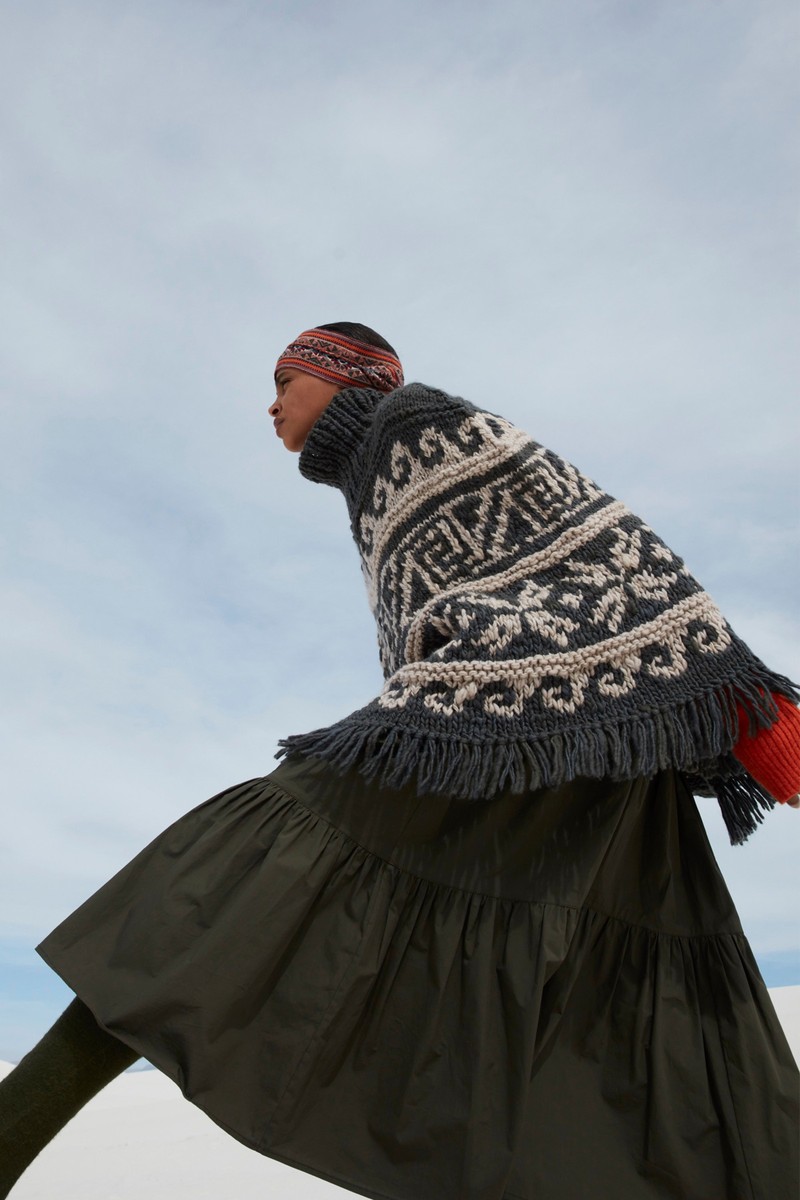
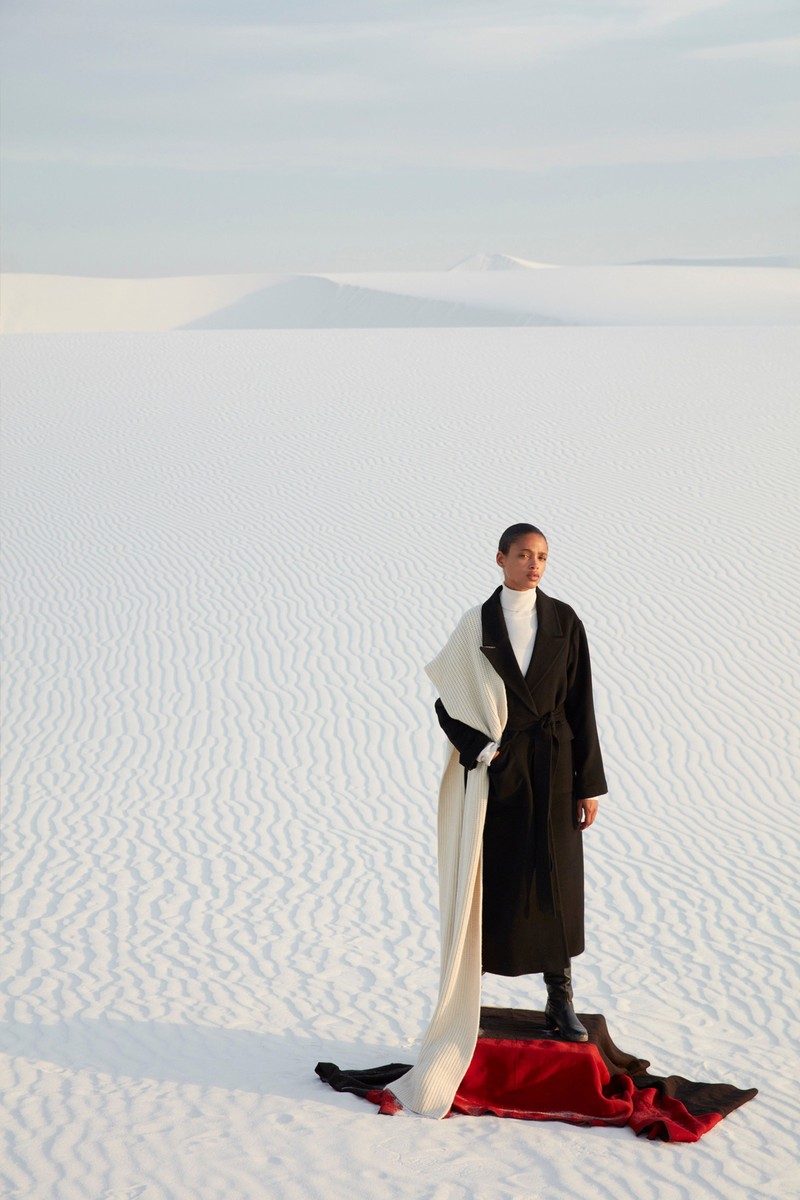
Chapter Seven:
My Love For Britain & My Damehood
“I’m so lucky with the life I’ve chosen and the career I’ve been given, but I’ve also worked really, really hard, and I’ve been fortunate to enjoy all the opportunities that have come my way. I love Britain and go back as often as I can to see my sister and nephews, and my friends. In 2008, I was awarded an OBE and ten years later I was made a Dame. It was the most wonderful experience. I’ve always been very involved and very British, and I’ve always kept my accent. I always said it would take more than America to change me – you can take the girl out of Derby, but you can’t take Derby out of the girl! It’s important to me to keep those values I had as a child – because it gives you perspective.
“I stopped editing Bazaar last year after 20 years. That was on top of eight years at British Marie Claire and three at the US edition. That comes to over 30 years as an editor in chief, which is probably more than a lot of other editors who have had to work their way up before getting the top job. I’ve always believed that working your way up is overestimated; it’s best to know what you want to do and go for it. I was lucky I was able to do that. Now, as I look back at my career, the best thing is seeing how many of my team have become editors in chief themselves – at the last count it was something like 17, and I’m so proud of that. But I do often wonder what I would have done had I stayed in Britain.”
The Next Chapter
“I have been consulting for a brand called Peruvian Connection for just over a year. I was looking for projects that were a little bit out of the ordinary and something that people would be surprised by. What I liked about the brand is its quality, as that is what people really want now, as well as value for money of course. It was founded by a woman called Annie Hurlbut Zander who was one of the first women to go to Yale in the 70s. She’s a super bright lady and she has run her business from a farm in Kansas for 46 years. She has worked with female-led companies in Peru but the country was the hardest hit country in the world when it came to Covid because of the lack of medical care. So I wanted to help, and Annie wanted me to make the brand a bit more fashion forward. My GBPC collection, which launched in the US in April, is excellent value for money, the quality is there and it’s sustainable because alpaca is much more sustainable than cashmere, which many people don’t realise. It was a huge success. We are launching the collection in London this month at the Peruvian Connection store in the King’s Road and online, and we’ve produced a separate catalogue with all my designs.”
GBPC, Glenda’s fashion collaboration with Peruvian Connection, launches in London on 20th October.
DISCLAIMER: We endeavour to always credit the correct original source of every image we use. If you think a credit may be incorrect, please contact us at info@sheerluxe.com.

